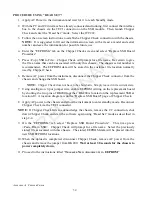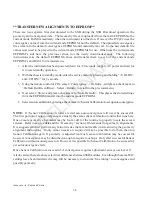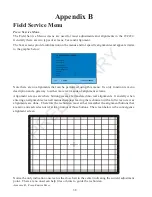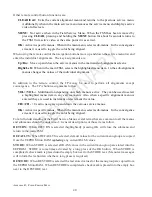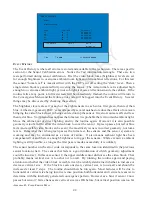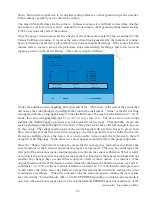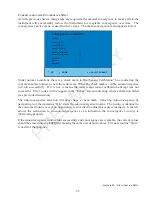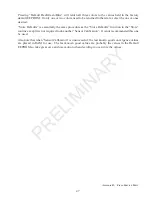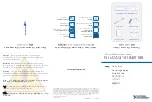
n
e
e
r
c
S
e
z
i
S
h
t
d
i
W
t
h
g
i
e
H
l
a
t
n
o
z
i
r
o
H
r
e
t
n
e
C
l
a
c
i
t
r
e
V
r
e
t
n
e
C
5
6
7
5
2
.
2
3
5
.
8
2
1
.
6
1
1
6
4
.
3
5
0
3
7
.
6
2
5
1
6
5
8
.
8
4
5
.
7
2
4
.
4
2
7
.
3
1
2
5
6
.
5
4
5
.
5
2
8
.
2
2
8
.
2
1
0
5
6
.
3
4
5
.
4
2
8
.
1
2
3
.
2
1
4
4
4
.
8
3
6
.
1
2
2
.
9
1
8
.
0
1
0
4
1
.
5
3
7
.
9
1
5
.
7
1
8
.
9
S
CREEN
D
IMENSIONS
The following chart contains the physical dimensions for the most common Thomson instrument
screen sizes. The conversion is from the typical diagonal size to an X, Y measurement. Frame
dimensions may change over different cabinet styles so it is a good idea to measure the full height
and width on each instrument assuring the centerline is as accurate as possible.
Appendix C
Screen Dimensions & Mylar Pattern
Level 2 Alignment Point Locations on MylarTemplate
L
EVEL
2 T
EMPLATE
To reduce convergence alignment time when catastrophic problems have developed requiring full
convergence without the benefit of the original patterns, the mylar templates may be used with
Level 2 alignments. This diagram locates the 25 alignment points available in Level 2. Place the
mylar template on the screen then use the diagram to locate the alignment points. A small square
is on the template to locate the exact center point. The center circle corresponds to that square.
Locate the remaining alignment points by counting the lines from the center outward.

